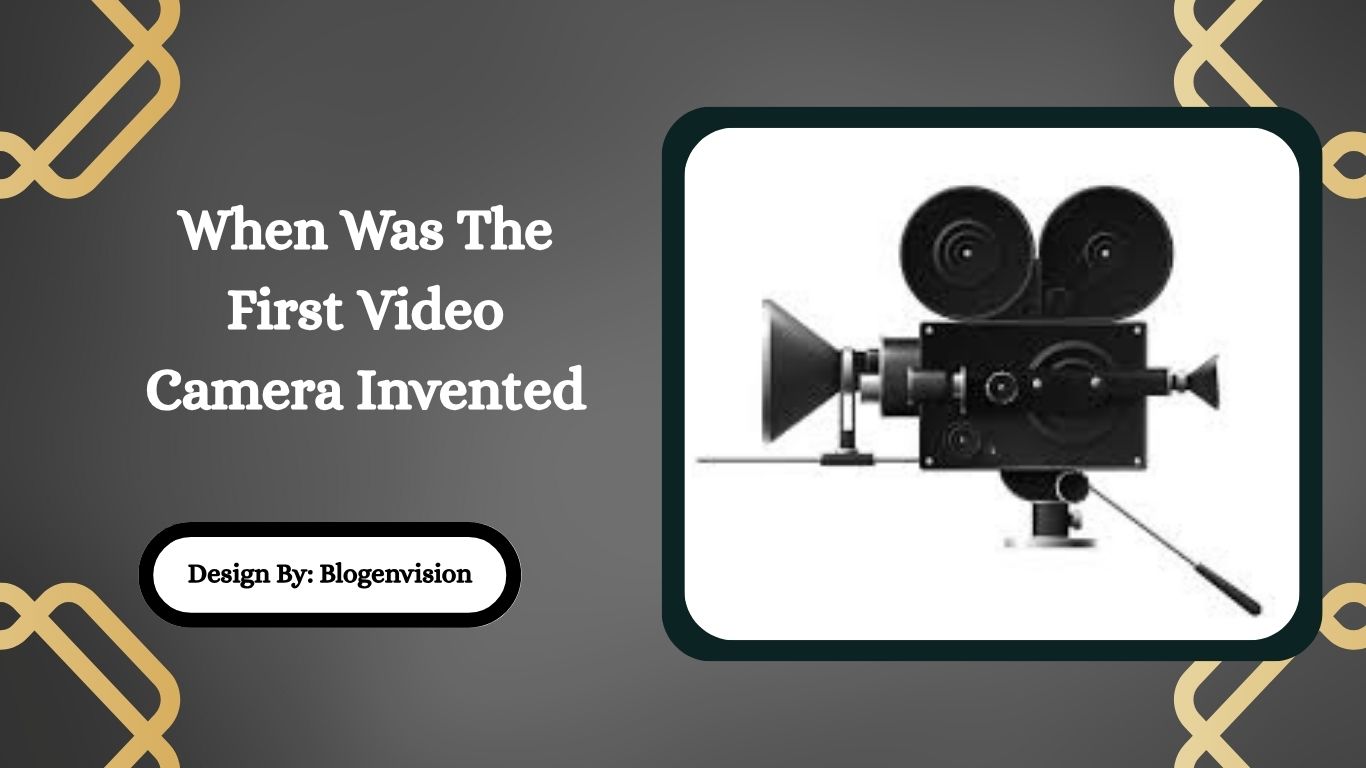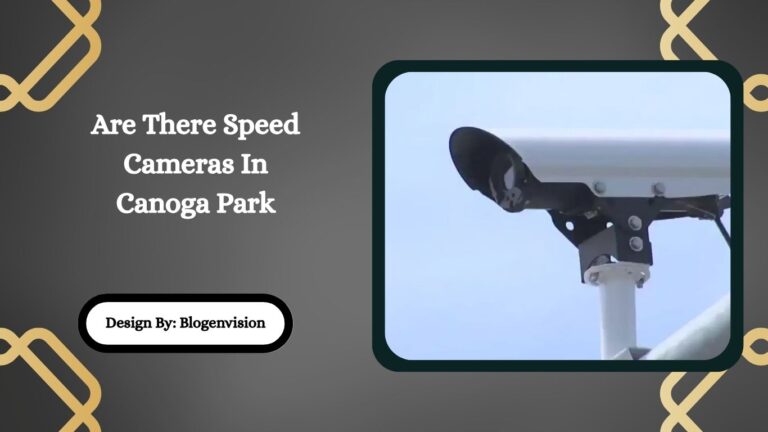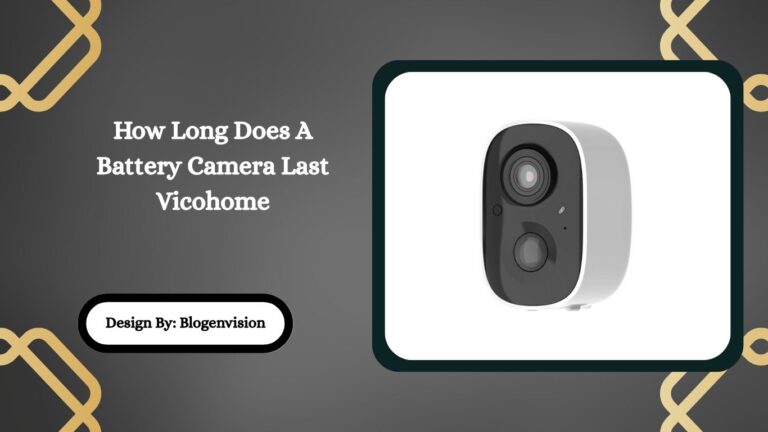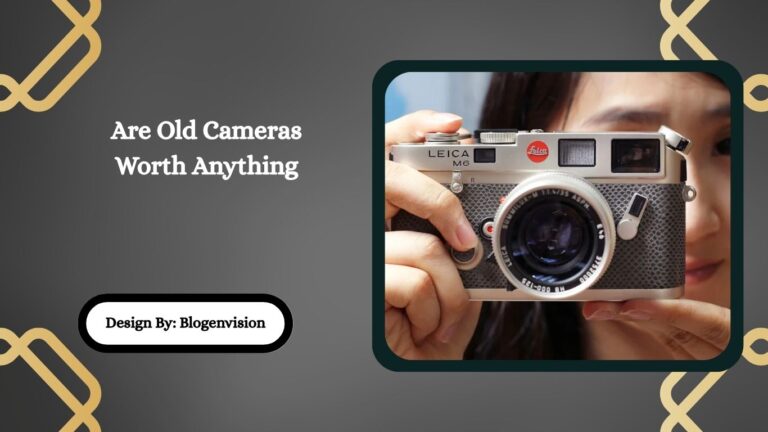When Was The First Video Camera Invented – Detailed Guide!
The first video camera was invented in 1925 by Vladimir Zworykin, who developed the Iconoscope—an early electronic camera tube that could convert images into signals for television broadcasting.
Introduction: Capturing Motion Through Time
From smartphone videos to Hollywood blockbusters, video cameras have become an essential part of our daily lives. But have you ever wondered about the origins of this revolutionary technology? The invention of the video camera didn’t happen overnight—it was the result of centuries of innovation and experimentation.
In this comprehensive guide, we’ll explore:
- The early experiments that led to motion picture technology
- The invention of the first true video camera
- How video recording evolved from bulky machines to smartphone cameras
- The impact of video cameras on modern society
Let’s take a journey through time to discover how humanity learned to capture moving images!
The Dream of Moving Pictures: Early Experiments (1800s)

Long before video cameras existed, inventors and scientists were fascinated with capturing and displaying motion. These early experiments laid the foundation for modern video technology.
The Magic Lantern (1600s-1700s)
- Early projection device using painted glass slides
- Could create crude “motion” effects by moving slides quickly
- Inspired later motion picture technologies
The Thaumatrope (1824)
- Simple disc with different images on each side
- When spun quickly, the images appeared to combine
- Demonstrated the persistence of vision principle
The Zoetrope (1834)
- Cylinder with sequenced drawings inside
- When spun, the slits created the illusion of motion
- Popular toy that showed how rapid image display could simulate movement
Eadweard Muybridge’s Motion Studies (1878)
- Used multiple cameras to capture a horse’s gallop
- Proved all four hooves leave the ground simultaneously
- Created the first known “motion picture” sequence
These inventions were crucial steps toward true motion picture technology, but they still couldn’t record live motion—they could only display pre-made sequences.
The Birth of Motion Picture Cameras (Late 1800s)
The late 19th century saw several competing inventors developing devices that could both capture and display motion pictures.
Louis Le Prince’s Single-Lens Camera (1888)
- Created the oldest surviving motion picture (“Roundhay Garden Scene”)
- Used paper film and a single lens
- Mysteriously disappeared before he could demonstrate his invention publicly
Thomas Edison’s Kinetograph (1891)
- First practical motion picture camera
- Used celluloid film strips
- Required viewers to look through a peephole (Kinetoscope)
The Lumière Brothers’ Cinématographe (1895)
- Combined camera, projector, and film printer in one device
- Allowed for public movie screenings
- Marked the beginning of commercial cinema
While these were major breakthroughs, they still relied on photographic film rather than electronic video capture.
The First True Video Camera: The Iconoscope (1920s)
The transition from film to electronic video recording was a revolutionary step in camera technology.
Vladimir Zworykin’s Breakthrough
- Russian-American inventor working at Westinghouse
- Developed the Iconoscope in 1923
- First practical television camera tube
- Converted light into electrical signals
How the Iconoscope Worked
- Light entered through a lens onto a photosensitive plate
- The plate converted light into electrical charges
- An electron beam scanned these charges
- The resulting signal could be transmitted or recorded
Limitations of Early Video Cameras
- Required extremely bright lighting
- Produced low-quality images by today’s standards
- Were large and heavy (not portable)
- Expensive and only used by broadcasters
Despite these limitations, the Iconoscope made television broadcasting possible and paved the way for modern video technology.
The Evolution of Video Recording Technology
After the invention of the Iconoscope, video cameras underwent rapid improvements in size, quality, and accessibility.
1930s-1940s: Early Television Cameras
- Used in first experimental TV broadcasts
- Required special studios with intense lighting
- Image quality improved with Orthicon tubes
1950s: The Videotape Revolution
- Ampex VRX-1000 (1956): First practical videotape recorder
- Allowed television programs to be recorded and replayed
- Made time-shifted broadcasting possible
1960s: Portable Video Equipment
- Sony introduced first portable video recorders for news crews
- Video cameras began leaving the studio
- Still required separate recording units
1980s: The Camcorder Era
- Sony Betamovie (1983): First consumer camcorder
- Combined camera and recorder in one unit
- Made home movies accessible to the public
- VHS-C and 8mm formats became popular
2000s: The Digital Revolution
- Transition from analog tape to digital recording
- Introduction of MiniDV and DVD camcorders
- First consumer HD cameras appeared
2010s-Present: The Smartphone Era
- High-quality cameras built into phones
- 4K and even 8K recording capability
- Professional features like slow motion and HDR
- Social media platforms drive video innovation
Types of Video Cameras Through History
Different formats and technologies have emerged over time:
- Studio Cameras (1930s-)
- Large, high-quality cameras for TV production
- Required cable connections to control rooms
- Film Cameras (1890s-)
- Used photographic film stock
- Dominated Hollywood until digital takeover
- Camcorders (1980s-)
- All-in-one recording units
- Made video accessible to consumers
- Digital Cinema Cameras (2000s-)
- High-end cameras for professional filmmaking
- Used by major motion pictures
- Action Cameras (2010s-)
- Small, rugged cameras for sports/adventure
- Popularized by GoPro
- Smartphone Cameras (2010s-)
- Revolutionized casual video recording
- Constant improvements in quality
The Impact of Video Cameras on Society

The invention and evolution of video cameras has transformed nearly every aspect of modern life:
Entertainment Industry
- Enabled Hollywood and global cinema
- Changed television production
- Created YouTube and streaming platforms
News and Journalism
- Made visual news reporting possible
- Allowed for immediate coverage of events
- Changed how we consume information
Personal Memories
- Replaced home movies on film
- Made capturing memories easy and affordable
- Changed family documentation
Education and Training
- Enabled distance learning
- Made instructional videos possible
- Revolutionized professional training
Security and Surveillance
- Developed modern security systems
- Enabled body cameras and dash cams
- Raised privacy concerns
Science and Medicine
- Advanced medical imaging
- Enabled microscopic video
- Aided space exploration
Future of Video Camera Technology
As we look ahead, several exciting developments are emerging:
Current Trends
- Higher resolutions (8K and beyond)
- Improved low-light performance
- Computational photography
- 360-degree and VR video
Future Possibilities
- Light field cameras with refocusable video
- Holographic video recording
- AI-enhanced video processing
- Even smaller, more powerful sensors
FAQs:
1. Who invented the first video camera and when?
Vladimir Zworykin invented the first practical video camera, the Iconoscope, in the 1930s. It was the first to convert images into electronic signals for live TV broadcasts.
2. What was used before video cameras?
Before video, inventors used devices like the Zoetrope, Magic Lantern, and film cameras to simulate or record motion using sequences of still images on paper or film.
3. What made the Iconoscope different from film cameras?
The Iconoscope captured images electronically rather than on film. It allowed live broadcasting by converting light into electrical signals, enabling real-time video transmission.
4. When did camcorders become available to consumers?
In 1983, Sony introduced the Betamovie camcorder, the first all-in-one camera and recorder for personal use, making home video recording simple and affordable.
5. How have video cameras changed over time?
Video cameras evolved from bulky, broadcast-only tools to compact digital devices in smartphones, offering features like HD, 4K, slow motion, and AI enhancements for everyday users.
Conclusion:
The journey of video cameras began with early motion experiments and led to the creation of the Iconoscope in the 1920s—the first real video camera. From film reels to smartphones, the evolution has made video recording accessible, powerful, and essential in our lives. Today’s cameras offer incredible features unimaginable decades ago, impacting everything from entertainment to education. As technology advances, the future of video recording continues to look brighter and more innovative than ever.







